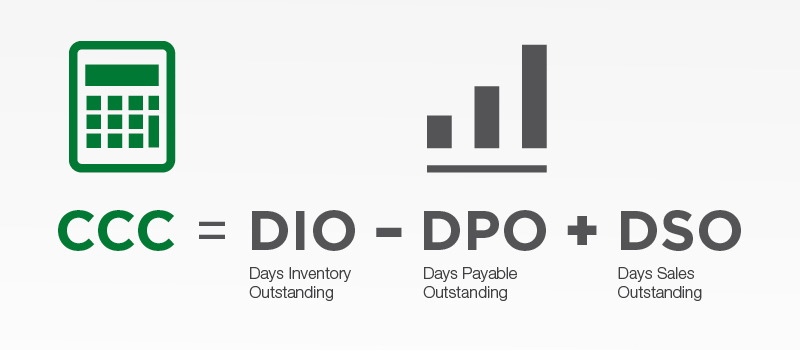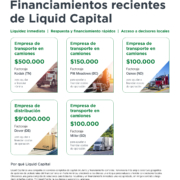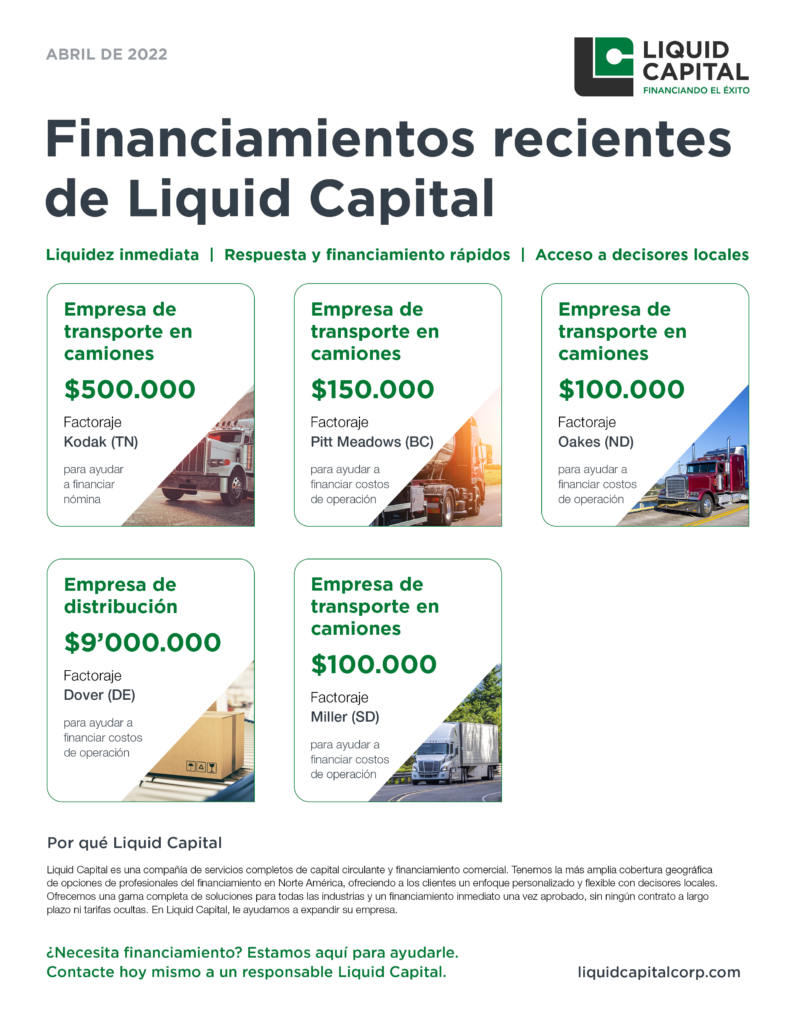4 ways to invest in people for rapid business growth
Expanding your business creates new opportunities to invest in the right people to support rapid growth. Learn where to focus your efforts.

You can help more customers, increase sales revenues and improve people’s lives when you invest in the right team members. It can also escalate into more rapid business growth and help you zoom past your income goals — since your people will be invested in the success of your business.
After all, as a business owner, you don’t want to settle for mediocrity. You want to grow not because you have to, but because you desire to move forward. That’s what makes every entrepreneurial-minded person special.
And for those who aren’t running a business directly, but working with business owners every day as your clients, colleagues, vendors and partners, you likely also want to see them achieve their growth goals.
Here are four ways that you and those around you can help build your business and support rapid scaling efforts:
1. Build new relationships
Relationships introduce you to new opportunities and should be a top priority for business owners. Everyone knows a group of people you don’t — which is why business networking can help you find partners who will stick with you for years.
New relationships also make it easier to hire great talent and can snowball into expansive networks over time. When you post a job opening, for example, some colleagues will share referrals for people they think can help scale your operations.
Accelerate your networking further by participating in local events, social media groups and other places where both top talent and your customers gather.

2. Hire the right people
Successfully scaling a business depends on a wider team. As you likely know, executives can only achieve so much on their own. Savvy business owners hire people to help with specific responsibilities that support growth, but you must do so carefully.
Hiring the wrong people can actually slow down production and have a negative consequence on your most trustworthy employees. Their lack of productivity can frustrate hard workers and turn them into babysitters.
Keep in mind that businesses only benefit from great hires by retaining top talent. Hardworking employees help your business grow and you should do what you can to keep them.
Further, many people are dropping out of the workforce during the Great Resignation. Woo your top talents, so they stick around for the long-term. Give them a great workplace with some perks such as….to compete with other top employers.
When it comes to employee referrals, consider the referrer before accepting a new candidate, and understand how they know each other, the history of their experience and how that matches your organization. While you’ll naturally assess every referral as part of your hiring process, keep in mind that hardworking people often recommend other hardworking people — and the same principle holds for unproductive workers.
3. Invest in yourself
During rapid growth mode, business owners invest in their companies. They hire more people, buy new equipment and purchase other assets. You can also invest in education to learn more about your industry trends, new technology and other innovations to keep current.
Investing in yourself stretches to areas outside of your business. For example, exercise increases productivity and happiness, and some business owners that understand these benefits will even hire personal trainers to help keep them on schedule.
Improving yourself puts you in a better position to improve your company.

4. Host events in your area
Events bring people together, and when you’re the host, it puts your brand in the spotlight and offers benefits such as:
- Company executives can present new products and gather customer feedback in real-time.
- Your team can chat with colleagues and peers in other companies to learn about the latest and greatest in the industry.
- You get to talk with customers face-to-face and understand their pain points.
These touchpoints build trust, provide insights and strengthen your credibility.
When people in the community hear about your event, they will hopefully also spread the word and tell their business acquaintances, growing your company’s local footprint.
Some business owners do several pop-up events across multiple cities, then analyze results from each event to decide which cities to revisit next year. With each new event you host, that reach should expand. This is particularly beneficial when you do business across a wider territory, or if you have multiple offices or salespeople spread out remotely.
Businesses can also scale their impact with virtual events. Since these events don’t have the full in-person experience and location isn’t an issue, they can attract attendees who are short on time, budget for travel, or who are located further away.
You can also book more speakers for a virtual event. It costs them less to speak at the event, and some may even consider waiving their fee for the chance to promote their own company. In some cases, speakers may treat virtual stages like podcast appearances, so it’s a win-win.

Expand your cash flow to reach the next level
Rapid business growth doesn’t always mean you’ll earn higher margins, especially when sacrificing profits for development.
You may actually choose to reduce profit in the short term to achieve growth goals. For example, spending money on Google Ads can significantly cut into current earnings, but if it leads to prospects discovering your business and eventually becoming a customer, that long-term plan can pay off. While an advertising budget often represents a healthy trade-off of expenses vs. ROI, there are other expenses that can be more problematic to a healthy level of ongoing working capital.
Review your business and look for opportunities to improve your cash flow. Keep a list of expenses and trim them down when necessary. Assess the ongoing sustainability of the financials, as unprofitable companies don’t stay in business for long.
When comparing year-over-year profit margins, you will then see the trajectory of your cash flow over time. Higher or stable profit margins combined with expansion indicate a healthy business. If your cash flow isn’t at the right level, get ahead of the problem as quickly as possible.
One funding solution that can provide the working capital for your growing needs is invoice factoring. For businesses who don’t qualify for traditional financing, or need to complement their current financing, this solution has proven to be helpful for many businesses.
Read some of our Success Stories:

Global Aviation: Above and Beyond |

Rayzor Edge: Clearing the way for reliable cash flow |

Best Broadcast: AV company booms by adding invoice factoring |




















